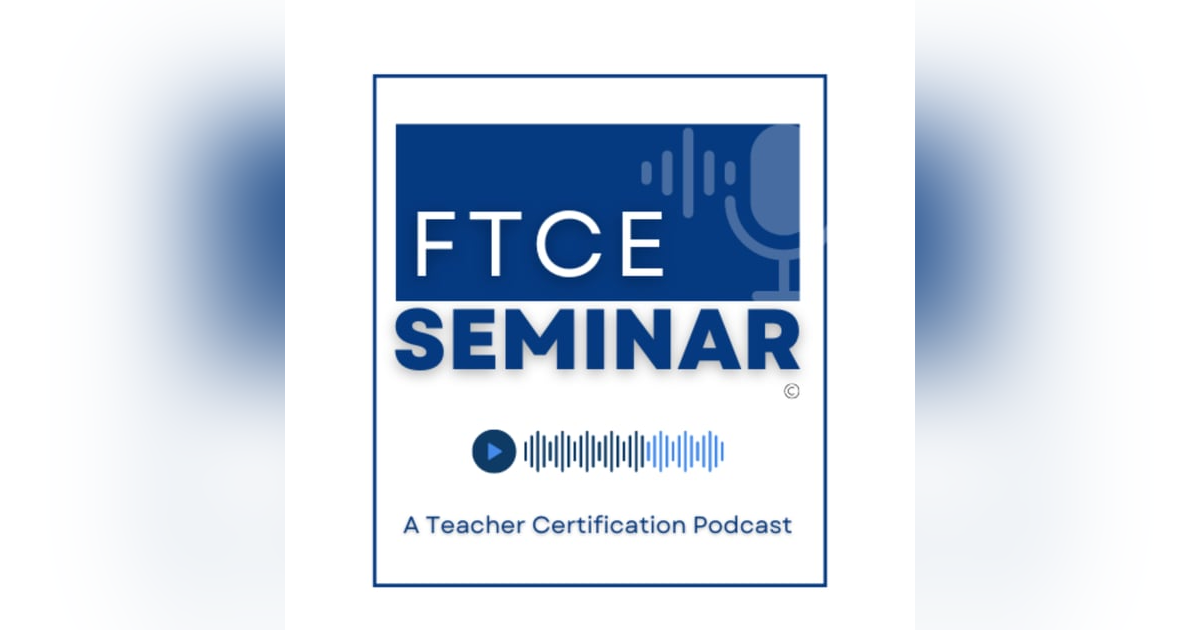E36: Teacher Certification Podcast | FTCE | General Knowledge | Mathematics | Probability
Probability is all around us, you may be familiar with probability in real life when you are trying to predict the weather - you may even hear yourself say something like “Well, there is a 76% chance of rain through Thursday.” Oh that’s great, I love the rain.
The FTCE testing blueprint says we need to understand counting procedures, tables, and tree diagrams to solve real-world probability problems.
So let's start define these three things:
•
Counting procedures involve systematically counting the number of possible outcomes in a given scenario. This method is useful when each outcome is equally likely. You will apply this method in those questions about marbles or coins, you know what I mean - those questions. We will tackle one together later.
•
Now, let's move on to tables. Tables are cool because they offer us a visual tool where we can analyze organized data.
•
Finally, let's explore tree diagrams. Tree diagrams are graphical representations of possible outcomes in a sequential manner. Tree diagrams are another visual way of organizing possible outcomes. And literally a tree diagram looks like branches.
Ok, that was pretty brief, but I know you are familiar with tables and diagrams. So let’s take a better look at counting procedures and how to use them.
• Check out the FTCE Seminar website (https://www.ftceseminar.com/) for more information and resources.
• Support FTCE Seminar! Contributions are appreciated and help support the maintenance of this resource. Donations can be made with the Listener Supporter Link (https://podcasters.spotify.com/pod/show/ftce-seminar/support) on Spotify or you can Buy Me A Coffee at https://www.ftceseminar.com
---
Support this podcast: https://podcasters.spotify.com/pod/show/ftceseminar/support










